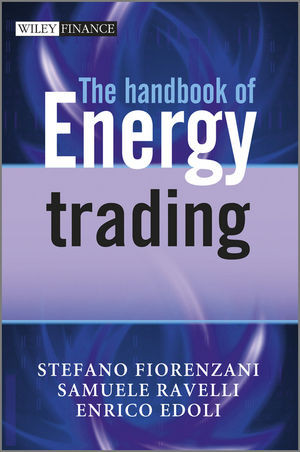

Most ebook files are in PDF format, so you can easily read them using various software such as Foxit Reader or directly on the Google Chrome browser.
Some ebook files are released by publishers in other formats such as .awz, .mobi, .epub, .fb2, etc. You may need to install specific software to read these formats on mobile/PC, such as Calibre.
Please read the tutorial at this link: https://ebookbell.com/faq
We offer FREE conversion to the popular formats you request; however, this may take some time. Therefore, right after payment, please email us, and we will try to provide the service as quickly as possible.
For some exceptional file formats or broken links (if any), please refrain from opening any disputes. Instead, email us first, and we will try to assist within a maximum of 6 hours.
EbookBell Team

4.7
36 reviewsUnique in its practical approach, The Handbook of Energy Trading is your definitive guide. It provides a valuable insight into the latest strategies for trading energy?all tried and tested in maintaining a competitive advantage?illustrated with up-to-the-minute case studies from the energy sector.
The handbook takes you through the key aspects of energy trading, from operational strategies and mathematical methods to practical techniques, with advice on structuring your energy trading business to optimise success in the energy market.
Soaring prices and increasingly complex global markets have created an explosion in the need for robust technical knowledge in the field of energy trading, derivatives, and risk management. The Handbook of Energy Trading is essential reading for all energy trading professionals, energy traders, and risk managers, and in fact anyone who has ever asked: 'what is energy trading?'Content:
Chapter 1 Energy Markets as Efficient Markets (pages 1–32):
Chapter 2 Directional Trading (pages 33–80):
Chapter 3 Spread Trading (pages 81–100):
Chapter 4 Options and Non?Linear Derivatives (pages 101–129):
Chapter 5 Structured Products on Energy (pages 131–162):
Chapter 6 Metatrading Strategies and Capital Allocation Techniques (pages 163–194):